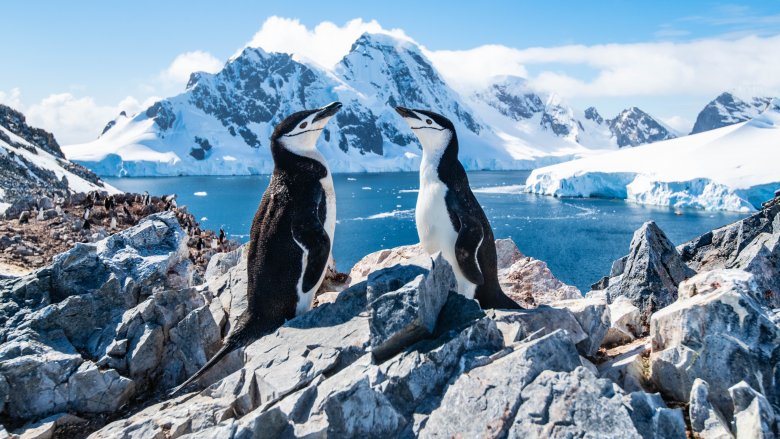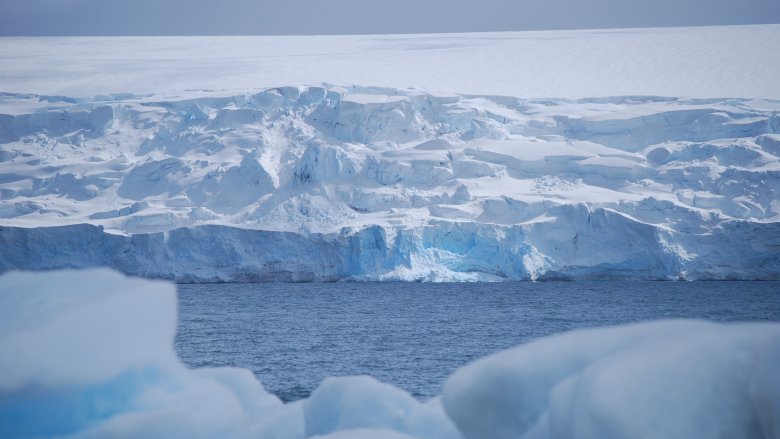Why Is Antarctica So Cold?
One thing we can pretty much all agree on: Antarctica is cold. You have never, ever seen a photograph of Antarctic beaches looking warm and inviting, because in the summer a balmy day on the beach is around 50 degrees Fahrenheit. That doesn't seem so bad, really, but it's definitely not bikini weather and you wouldn't want to go for a swim in the Antarctic waters.
If you travel inland, summers in Antarctica start to resemble winters in Alaska, only colder. In the higher elevations, temperatures might reach -22 degrees Fahrenheit — and that's a high temperature, by the way. In the winter, temperatures might drop to -112 degrees Fahrenheit. In fact the coldest temperature ever reported anywhere on earth was measured in Antarctica on August 10, 2010, when the mercury hit -136 Fahrenheit (and, in fact, the mercury did not literally hit that number because there is no such thing as a mercury thermometer that actually goes that low).
What factors give Antarctica its super-cold chill factor?
According to Clearly Explained, a lot of serendipitously sucky variables have to come together in just the right way to create conditions that cold. First, Antarctica is located in a place that just doesn't get that much sun. If the sun isn't shining, it can't warm up the land, and the temperatures can't ever go up. Also, all that ice reflects sunlight, so when sunbeams do happen to reach the surface of the continent, Antarctica is all, "Nope, you can send all of that back to where it came from."
Antarctica is also, on average, the highest continent on earth, and higher elevations mean colder temperatures. The oceans in the southern hemisphere also tend to be colder than those in the north, so that's a factor, too. And Antarctica is isolated, so it can't count on any of its neighbors to help it retain heat because it really doesn't have any neighbors.
So unless you like popsicles and actually aspire to become one, you should maybe book your next holiday in San Diego instead.

